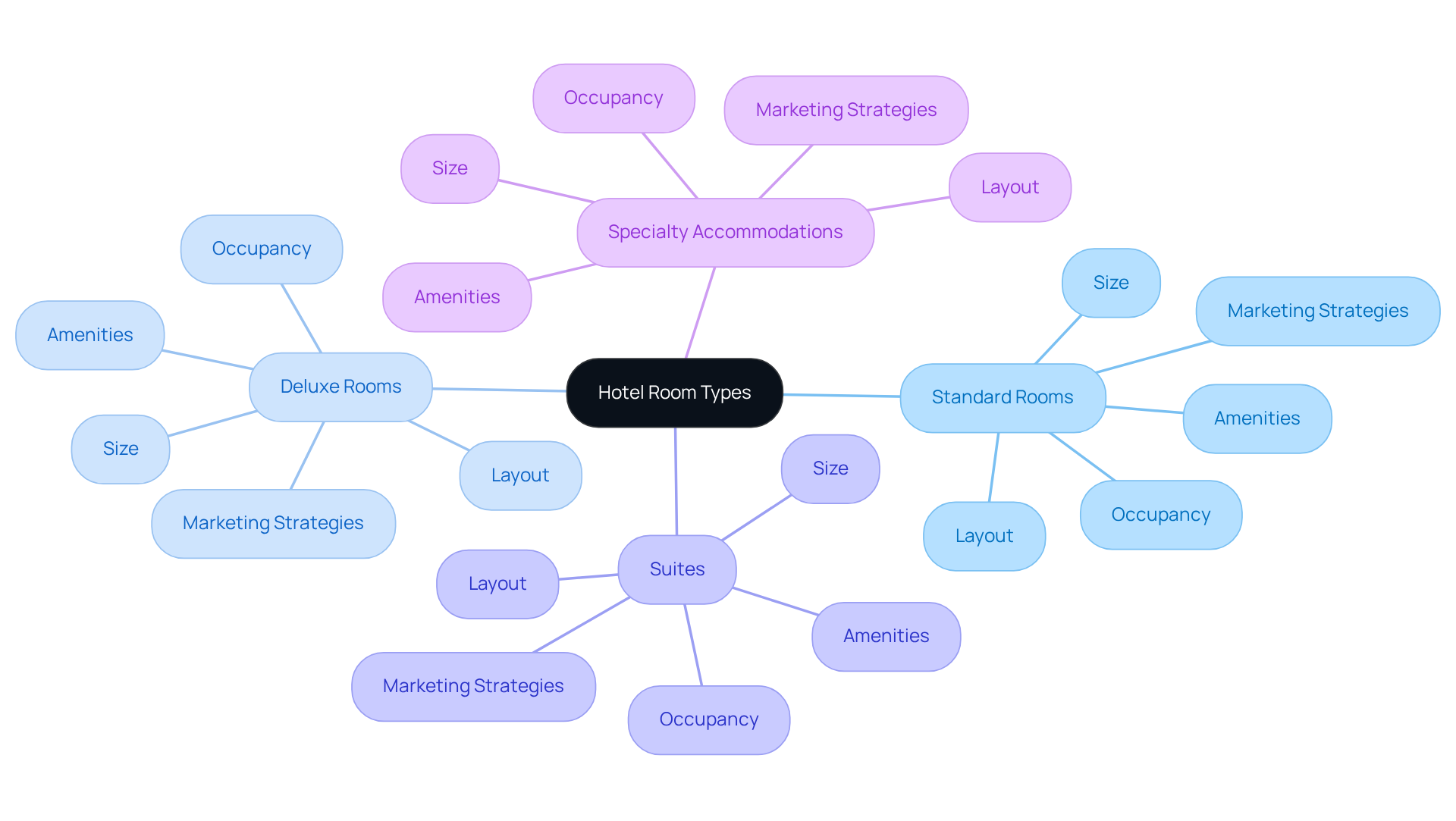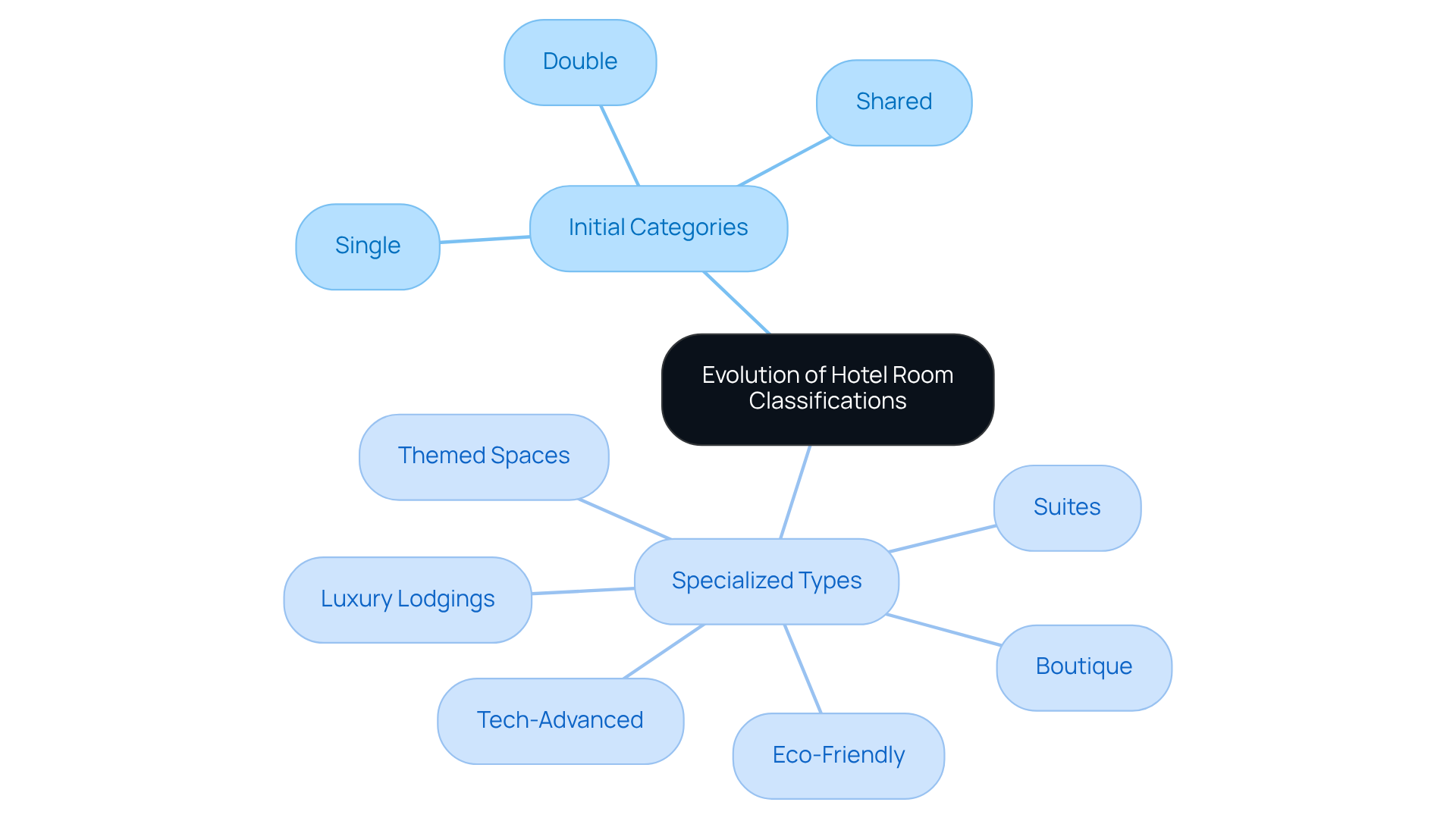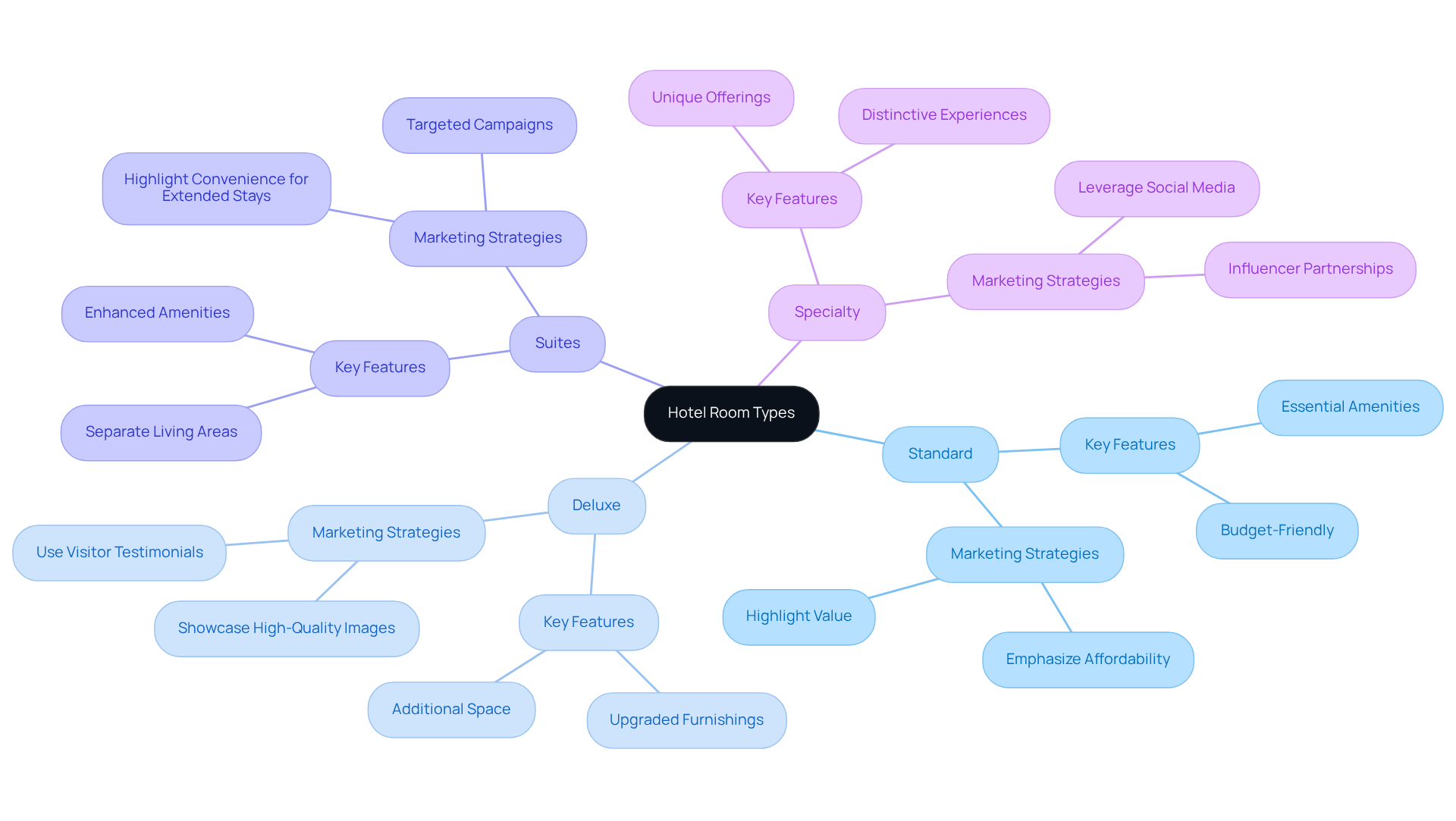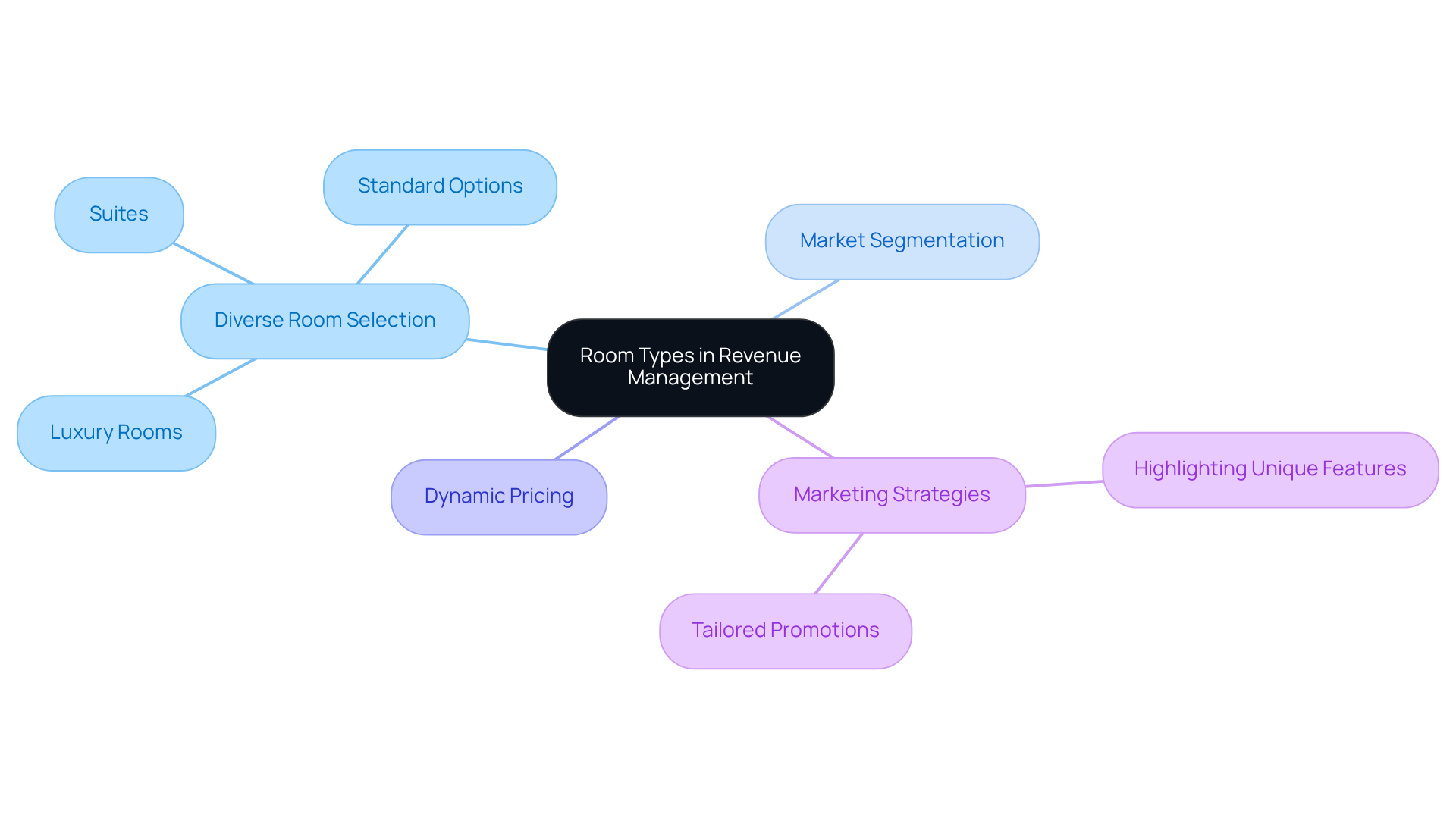This article delineates the various types of hotel rooms and their essential features, elucidating how these classifications significantly influence guest choices and hotel marketing strategies. Understanding and effectively promoting different room types—such as standard, deluxe, suites, and specialty accommodations—are crucial for enhancing guest satisfaction and optimizing revenue management within the hospitality industry. By recognizing the importance of these distinctions, hotel and restaurant owners can better address their guests' needs and preferences, ultimately driving success in a competitive market.
Understanding the myriad types of hotel rooms presents a significant challenge for travelers and hoteliers alike. With classifications ranging from standard to specialty accommodations, each room type is meticulously designed to meet specific needs and preferences. This makes it essential for both guests and operators to grasp these distinctions clearly. As the hospitality industry evolves, so too do the expectations surrounding these classifications. This evolution raises an important question: how can a deeper understanding of hotel room types not only enhance guest satisfaction but also optimize revenue management?
This article delves into the definitions, key features, and significance of various hotel room types, offering insights that can transform the booking experience for guests and refine operational strategies for hotels.
Hotel accommodation categories are essential classifications that hotels use to organize their hotel room types based on key factors such as size, layout, amenities, and occupancy. Common hotel room types include:
Each category of hotel room types is meticulously crafted to address specific client needs and preferences, significantly influencing their selection during the reservation process. Understanding hotel room types is crucial for both accommodation operators and guests, as these classifications directly affect pricing, , and overall guest satisfaction.
Furthermore, accommodations can strategically leverage these classifications in their marketing efforts by targeting specific demographics with tailored promotions for each lodging type. This approach not only enhances guest engagement but also ultimately boosts reservations and revenue.

The categorization of accommodations has significantly evolved since the inception of the hospitality sector. Initially, accommodations were straightforward, primarily classified by occupancy—single, double, or shared spaces. However, as the demand for diverse visitor experiences grew, establishments began to offer more specialized hotel room types, including suites and luxury lodgings.
Furthermore, the rise of boutique establishments and an emphasis on unique visitor experiences have further broadened the classifications of hotel room types, leading to the emergence of themed spaces, eco-friendly options, and technologically advanced accommodations. This evolution not only reflects broader trends in consumer preferences but also underscores the .

Various hotel room types possess unique features that cater to diverse guest requirements, which can be strategically promoted to enhance reservations and . For instance, standard accommodations typically include essential amenities such as a bed, desk, and private bathroom, making them particularly appealing to budget-conscious travelers. To effectively promote these options, hotels should emphasize affordability and value in their marketing materials.
Deluxe accommodations, on the other hand, offer additional space and upgraded furnishings, attracting visitors in search of greater comfort. Marketing strategies for these accommodations might involve showcasing high-quality images and visitor testimonials that highlight the enhanced experience. Furthermore, suites—often featuring separate living areas and enhanced amenities—are ideal for families or business travelers who require extra space. Targeted marketing campaigns can underscore the convenience and comfort these suites provide for extended stays.
Specialty accommodations, such as penthouses or themed suites, deliver distinctive experiences that can significantly enhance visitor satisfaction and justify increased rates. Hotels can leverage social media and influencer partnerships to spotlight these unique offerings, generating buzz and attracting guests in pursuit of memorable stays. By understanding these characteristics and implementing customized marketing approaches, property owners can effectively highlight the distinct attributes of each accommodation category, ultimately driving reservations and improving revenue management.

Hotel room types are crucial in lodging revenue management strategies and can be strategically promoted to enhance reservations. By offering a diverse selection of hotel room types, establishments can target various market segments and adjust pricing in response to demand fluctuations.
For instance, during peak seasons, accommodations may increase rates for luxury spaces and suites while maintaining competitive pricing for standard options to attract budget-conscious travelers.
Furthermore, utilizing effective marketing strategies—such as highlighting the unique features of each room category and tailoring promotions to guest preferences—enables establishments to boost visibility and drive reservations.
Understanding guest preferences for particular hotel room types not only elevates but also contributes significantly to overall revenue growth, underscoring its importance in hotel operations.

Understanding the various hotel room types is essential for both guests and accommodation operators. These classifications not only streamline the booking process but also play a pivotal role in enhancing guest satisfaction and optimizing revenue. By comprehending the distinctions among standard rooms, deluxe accommodations, suites, and specialty options, stakeholders can make informed decisions that align with their needs and expectations.
The evolution of hotel room classifications reflects the industry's adaptation to changing consumer preferences over time. This article discusses the unique characteristics of different room types and emphasizes the importance of targeted marketing strategies to maximize occupancy and revenue. By showcasing the specific features of each room category, hotels can effectively cater to diverse guest demographics, from budget travelers to those seeking luxury experiences.
Ultimately, the significance of understanding hotel room types extends beyond mere classification; it is a strategic approach that can drive bookings and enhance profitability. As the hospitality landscape continues to evolve, embracing these insights will empower hotel operators to refine their offerings and better meet the demands of modern travelers. By prioritizing an informed understanding of room types, both guests and hotels can navigate the accommodation landscape with confidence, ensuring memorable stays and successful business outcomes.
What are hotel room types?
Hotel room types are classifications that hotels use to organize their accommodations based on factors such as size, layout, amenities, and occupancy.
What are the common categories of hotel room types?
Common hotel room types include standard rooms, deluxe rooms, suites, and specialty accommodations.
Why is it important to understand hotel room types?
Understanding hotel room types is crucial for both accommodation operators and guests as it affects pricing, marketing strategies, and overall guest satisfaction.
How do hotel room types influence guest selection during reservations?
Each category of hotel room types is crafted to meet specific client needs and preferences, significantly influencing their choices when making reservations.
How can accommodations leverage hotel room type classifications in marketing?
Accommodations can use these classifications to target specific demographics with tailored promotions for each lodging type, enhancing guest engagement and boosting reservations and revenue.
Transform your group booking strategies with Lights On and watch your occupancy soar.